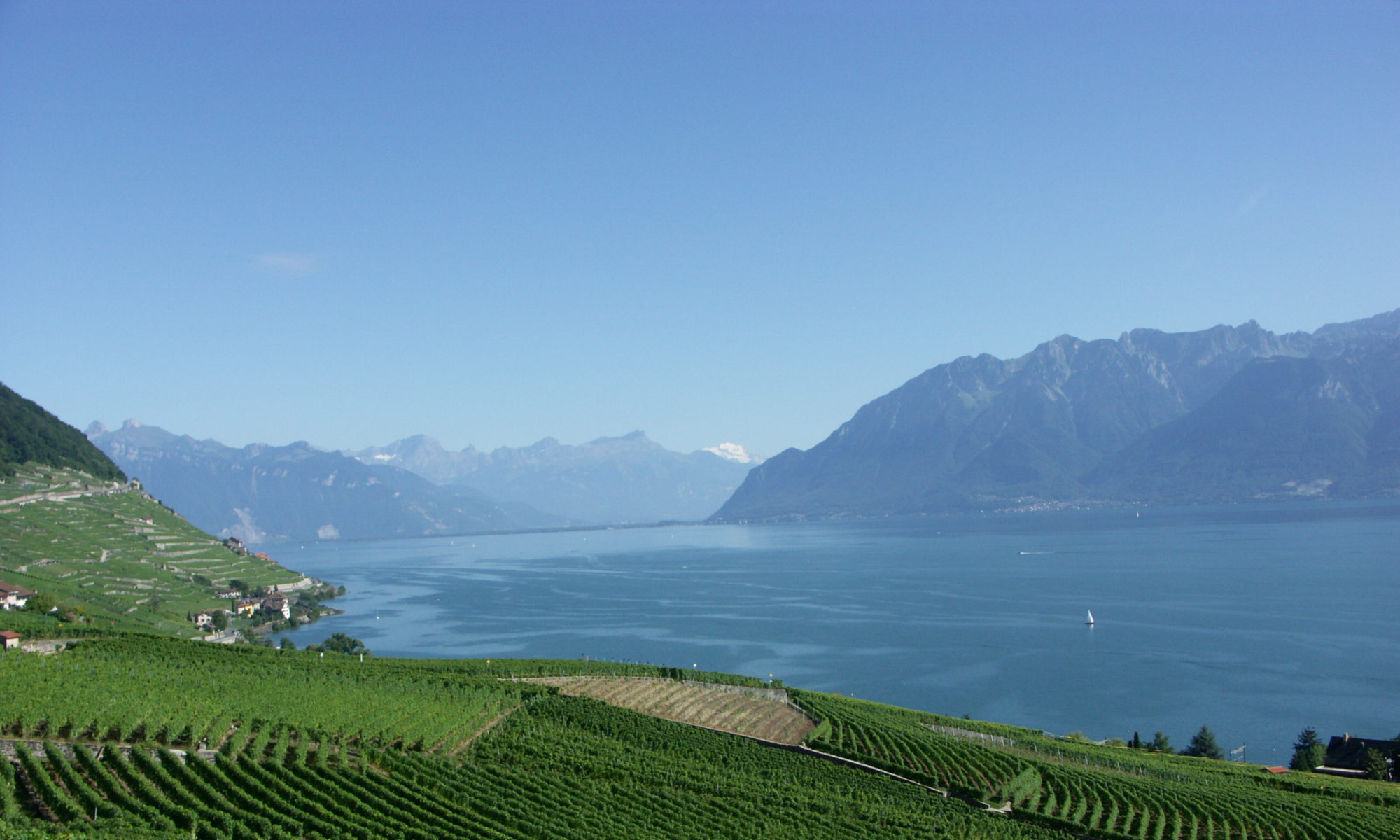To reply to this question use the “Leave a reply” box/field at the bottom of this page.
55 Replies to “Question 1: What are the major external changes and dynamics that demand a response by the National Hydrological Services and the hydrological community of WMO?”
Comments are closed.


Climate change is having significant impact on weather, water and climate. The increasing severity and frequency of extreme weather, flooding, droughts and forest fires are changing how our clients use and interpret weather, water and climate information. These impacts from climate change are cumulative, integrated, and will persist through time. There is a growing demand for weather, water and climate information from a broader part of the Canadian population, from scientists to decision-makers. Adding to this, faster and more precise information and services related to weather, water and climate are required. From a policy perspective, these challenges require an integrated approach, where feasible, to respond to changes to society and the environment as a result of climate change. Canada’s National Hydrological Service plays an integral role to inform decision makers on water related questions. Increasingly, this service has been utilizing an integrated approach to model the impacts of weather and climate on water, in support of water availability and flow prediction. There are inherent challenges in NHS adapting to the new technological and environmental challenges, including, but not limited to:
• Higher complexity of monitoring technologies, resulting in unrealistic expectations that technology is the panacea to hydrological challenges. New technologies also demand the development of new procedures and training, adding additional pressures to NHSs.
• Greater needs for timely and better provisional data. Predicting water availability and flow requires the adoption of new tools as well as the reorganization of operational structures and responsibilities. Moreover, because flow is a derived quantity, it is a challenge to inform data users about the quality of data at any one time in its evolution. Without proper ways to grade data and quantify its uncertainty, its value may be misunderstood.
• Maintaining integrity of records in a fast changing monitoring context. The last decades have seen major changes in data acquisition technologies as well as data management, going from paper to electronic and new flow measurement techniques such as Acoustic Doppler current profiler (ADCP). In a time where we seek answers about climate change and related risks, we must ensure that our records remain accurate and any changes in streamflow can be attributed to changes in hydrology, not changes in technology. Because streamflow is interpreted and calculated, and rarely measured directly, it is incumbent on NHSs to have rigour and consistency in its approaches.
• Requirement for uncertainty analysis in our data. We need to formulate clear and concise methods for better assessment of measurement and rating curve uncertainty and a means of articulating those uncertainties to the public and end users/decision makers.
• Demands for the economic value of the data and network optimization. Understanding our user-base and their needs will define NHS service value. However, this is a resource intensive process that some NHSs are not equipped for. Second, there is no consistent or reliable econometric indicator to put a proper value on a hydrometric gauge, a flood forecasting system or water management. Also, the notion of optimal station numbers and locations is always difficult. So a concept around network optimization for flood, drought and water management requirements needs to be considered.
• Analysis and ungauged flow estimation. It becomes more difficult in ungauged regions to interpret flows between streamflow gauges and derive long enough time series information for design purposed. Earth system models with proper and meaningful hydrology are a possible way forward and we could encourage WMO to ensure hydrological practitioners, engineers and scientist are key players in the design and development of earth system models.
Vandalism and / or bush fires at the sites of hydrometric stations leading to the need to install more robust or better protected equipment;
Degradation of the surface conditions of the basins resulting in the silting up of the watercourse beds and the water bodies generating the need for the bathymetry to be carried out, a calibration check of the zero scale battery gauges and control gauges to recalibrate the station. In addition, it is important to carry out environmental feasibility studies for the extraction of sediment deposits (dredging).
Increased political, administrative and religious insecurity / instability in some areas of the Volta Basin, making maintenance visits and hydrological data collection campaigns difficult, leading to the need to provide the main sites or hydrological nodes, a system for remote transmission and / or acquisition of hydrometeorological data by satellite imagery;
Large disturbances of cropping calendars due to strong spatial and temporal variabilities as well as their irregularities leading to the need to densify the hydrological monitoring network and the regular publication of hydroclimatic information;
The climatic extreme events are more and more recurrent hence the need to have, to design hydraulic and hydrological models adapted to the new runoff conditions with a view to better management of floods and droughts;
1. We have challenges of capacities in technology in the area of new data collection technologies such as:
(a) Telemetry system in early warning system
(b) Uses of softicated tools like Q-Liner
(c) Limitation in operating software for data collection and transfer such as HYDSTRA
(d) Limited staff with technological capacity
2. We have challenges of financial capacities in in the area of data collection such as:
(a) Limitation of finance to renew expensive software licenses. The solution could be using free but sustainable software or less costly ones.
(b) Limited finance for undertaking daily operational hydrology. This is big challenge. One time investment is often left without operation and monitoring
3. We have challenges in data rescue. There are so much data which should be rescue. They are scattered in different sub NHS offices
We would point out the following major external challenges requiring an appropriate response both from the National Hydrological Services and the WMO hydrological community:
– ever-increasing needs in hydrological observations data (both ground-based and satellite), along with their current insufficient accessibility to the world hydrological community;
– intensive development of satellite altimetry, which allows to obtain hydrological data of high spatial resolution in addition to the traditional ground-based measurements;
– increased frequency and repeatability of hazardous hydrological phenomena (extreme rain floods, snow floods, ice jams and mudflows, debris flows, etc.) which require closer international cooperation of specialists both in terms of developing and mastering technologies for forecasting such phenomena, as well as reducing their possible damage.
We are facing the challenge to adapt to changes in technology, for instance measurement devices and techniques are evolving quite rapidly and developping countries struggle to keep the pace.
Another challenge is to renew the way of analysing data and to develop new tools that could enhance our products. There is a need to transcend the fact that some services only publish data.